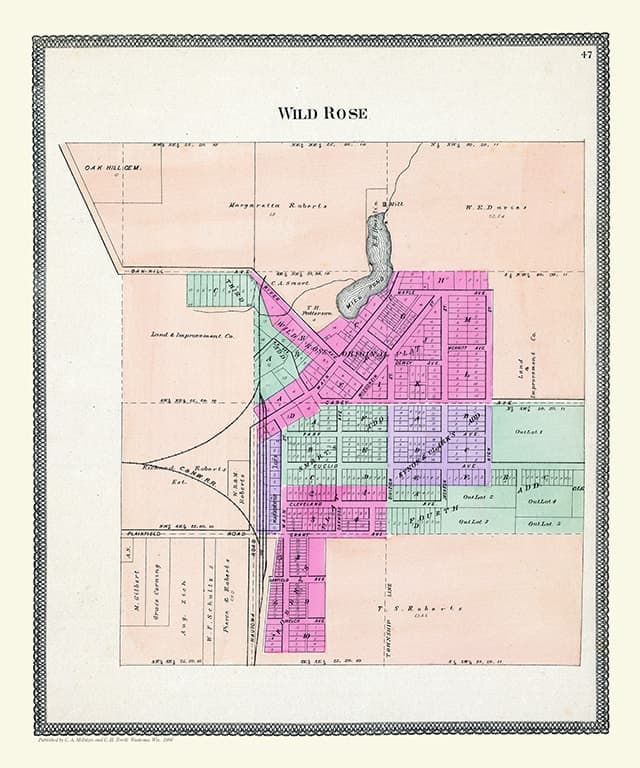
The filament is the stalk that bears the anther. This results in pollen being transferred to the pollinator’s body, where it will be transported to the female parts of another flower (see the Life Cycle of a Plant). The anthers are usually positioned in such a way that a pollinator (an animal such as a bee or a hummingbird) will brush against them while visiting the flower. Pollen is the microscopic, dust-like powder in which a plant’s male reproductive cells are dispersed. It contains microsporangia, or pollen sacs, in which pollen is produced. The anther is the bulbous head at the tip of the filament. (In the center of the flower, surrounded by the stamens, is a single pistil – the flower’s female reproductive part.) Anther The male parts of a candy flower ( Claytonia sibirica). The number of stamens in a flower varies from species to species. It consists of a stalk called a filament and a head called an anther. The stamen is the male part of the flower. The male parts of a flower, which collectively are called the androecium, are arranged in a whorl around the flower’s female parts (the Gynoecium).

Surrounded by a whorl of sepals and a whorl of petals (which together known as the perianth) are the reproductive parts of a flower. The Male Parts Of A Flower (The Androecium) (You might hear botanists talking about a ‘whorl of petals’, ‘whorl of stamens’, etc.)
#WILD ROSE DIAGRAM HOW TO#
On this page you’ll learn how to identify the basic flower parts and also find out what they do…

Most flowers have both male and female parts. The stamens are the male parts the carpels are the female parts. Flowers that have all four of these parts are known as complete flowers. Share your project photos with #MakeItWithMichaelsThe main parts of a flower are the sepals, petals, stamens and carpels.

Rep last 5 rows until 6 sts rem, ending on a Row 5. Rep Rows 7 to 10 until work measures approx 24” wide (see diagram), ending on Row 7. Row 6 and WS Rows: With B, knit to marked st. To change colors, twist the 2 yarns around each other where they meet on WS to avoid a hole. NOTE: When working in color block technique, start new colors at appropriate points. GAUGE: 22 sts and 38 rows = 4” in garter st. MEASUREMENTS: Approx 24” deep x 80” wide.


 0 kommentar(er)
0 kommentar(er)
